WWII : The Occupation of Paris
Amidst the backdrop of the Eiffel Tower and the Louvre, Paris faced a stark reality during World War II—the Occupation. How did the city of love and light cope under the shadow of oppression?
As German forces and collaborators tightened their grip, a tale of resistance and courage unfolded on the cobblestone streets. But what were the true costs of this occupation on the soul of Paris?
This exploration into the occupation delves into the untold stories of sacrifice, defiance, and the enduring spirit of the Parisian people during one of their darkest hours.
Key Points
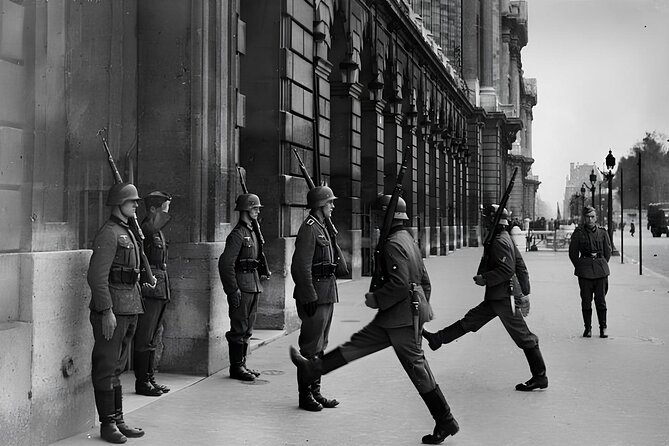
- Paris faced turmoil, restrictions, and cultural shifts during the occupation.
- Residents endured trauma, displayed resilience, and formed resistance networks.
- Collaboration efforts and resistance movements shaped daily life under occupation.
- Cultural changes, artistic expression, and societal transformations marked Paris during WWII.
Historical Context of WWII Occupation
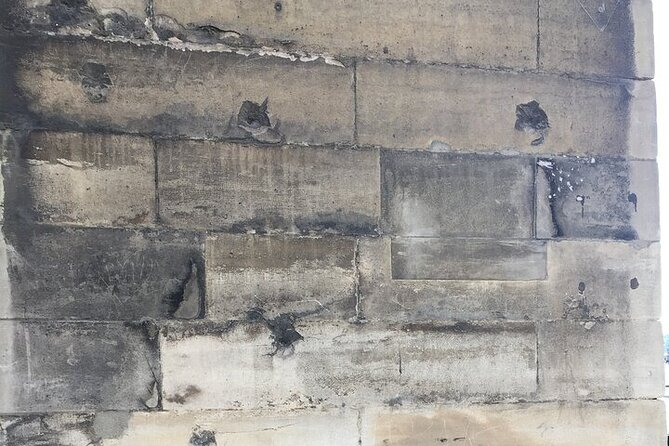
During the occupation of Paris in WWII, the city faced a period of significant historical turmoil that left a lasting impact on its residents and cultural heritage. The social dynamics within Paris shifted dramatically as the occupiers imposed restrictions on daily life, leading to a sense of fear and uncertainty among the population.
Plus, the economic repercussions were profound, with shortages of essential goods and strict control over resources affecting the livelihoods of many Parisians. The occupation also sparked resistance movements and underground activities aimed at preserving the city’s identity and values.
Despite these challenges, the resilience of the Parisian people during this tumultuous time showcased their unwavering spirit and determination to overcome adversity.
Impact on Parisian Residents
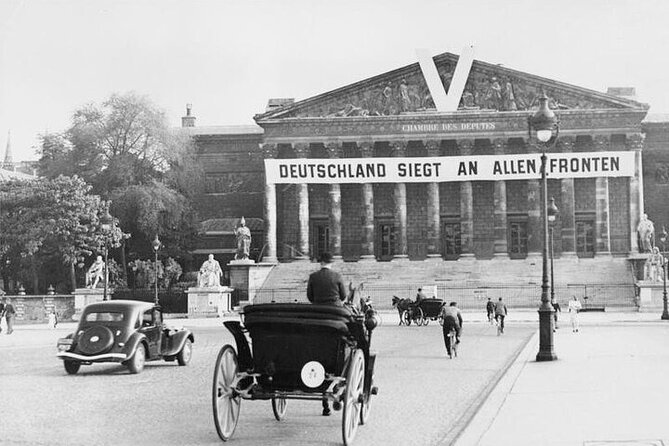
Amidst the WWII occupation of Paris, Parisian residents grappled with profound disruptions to their daily lives and deep-seated fears instilled by the imposing restrictions enforced by the occupiers. The impact on Parisian residents during this tumultuous period can be summarized as follows:
-
Psychological Trauma, Coping: Many residents experienced psychological trauma due to the constant threat of violence, uncertainty about the future, and the loss of autonomy. Coping mechanisms varied from seeking solace in art and culture to forming underground resistance networks.
-
Social Solidarity, Resilience: Despite the challenging circumstances, Parisian residents displayed remarkable social solidarity, coming together to support one another, share resources, and resist oppression. This sense of community and resilience played a crucial role in navigating the difficulties of occupation.
Duration of Occupation
The occupation of Paris during World War II lasted for four years, from June 1940 to August 1944. This period witnessed significant cultural changes and affected daily life for Parisians. Under German control, Parisians experienced restrictions on their freedoms and had to adapt to new regulations.
The occupiers aimed to exert influence over the city’s cultural scene, promoting propaganda and censoring artistic expressions that didn’t align with their agenda. Daily life became challenging as resources became scarce, leading to food shortages and rationing. Despite these hardships, Parisians found ways to resist and maintain their cultural identity, showcasing resilience and solidarity during this tumultuous time.
The duration of the occupation left a lasting impact on the city’s social fabric and artistic landscape.
Key Figures in the Occupation
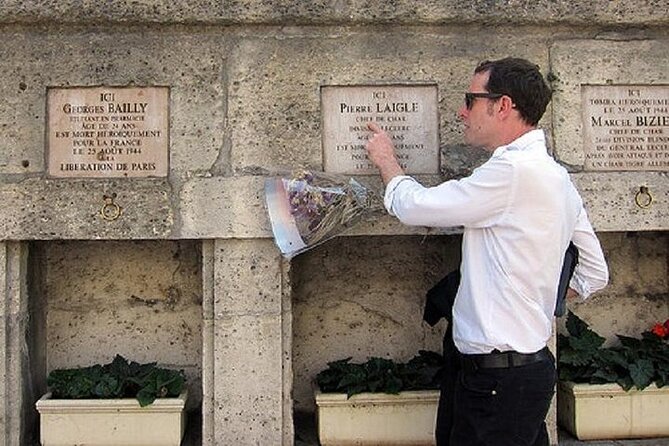
A notable figure who played a pivotal role in the Occupation of Paris in WWII was the influential Nazi commander, General Otto von Stuelpnagel. General Stuelpnagel oversaw the German military administration in Paris during this period, enforcing Nazi policies and directives with precision. His collaboration efforts with the Vichy regime aimed to maintain control and order in the occupied city. Despite his political motivations, which focused on advancing the interests of the Third Reich, Stuelpnagel faced challenges from various resistance movements seeking to undermine the occupiers. His strategic decisions and interactions with local authorities shaped the daily lives of Parisian residents under occupation.
General Otto von Stuelpnagel oversaw the German military administration in Paris.
Collaboration efforts with the Vichy regime aimed to maintain control.
Political motivations focused on advancing the interests of the Third Reich.
Resistance Movements in Paris
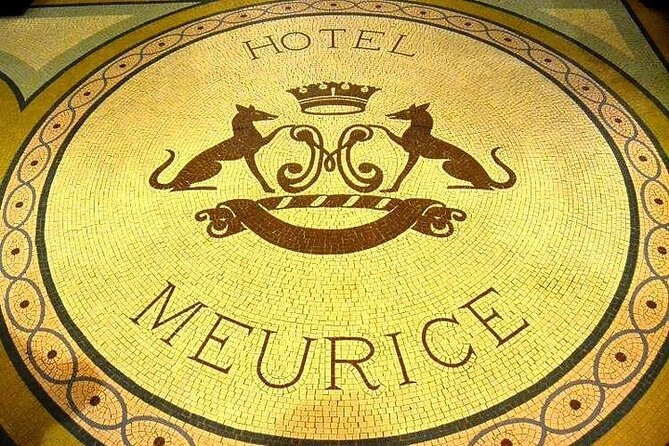
During the Occupation of Paris in WWII, resistance movements emerged to challenge the authority of the occupying forces and fight for the liberation of the city. Parisian resistance fighters formed underground networks to gather intelligence, distribute anti-occupation propaganda, and help Allied soldiers evade capture. These brave individuals risked their lives to sabotage German operations and support the French Resistance. Despite the dangers they faced, the resistance movements in Paris played a crucial role in maintaining morale among the local population and laying the groundwork for the city’s eventual liberation. Their actions symbolized the unwavering spirit of the Parisian people in the face of oppression and served as a beacon of hope during one of the darkest periods in the city’s history.
| Parisian Resistance | Underground Networks |
|---|---|
| Gathered intelligence | Distributed propaganda |
| Sabotaged German operations | Helped Allies evade capture |
| Maintained morale | Laid groundwork for liberation |
Cultural Changes During Occupation
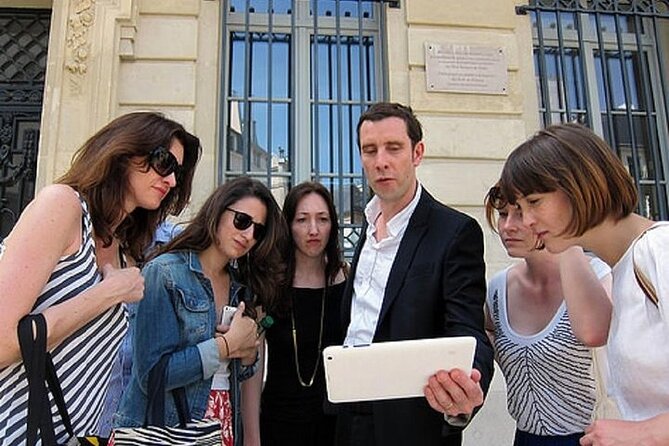
Amidst the Occupation of Paris in WWII, cultural norms and traditions underwent significant transformations as the city grappled with the impact of foreign control. The societal fabric of Paris experienced profound shifts during this period, reshaping the way people lived and interacted.
Some notable changes included:
-
Fashion Evolution: The fashion scene in Paris saw a blend of traditional styles with new influences, reflecting the city’s altered cultural landscape.
-
Artistic Expression: Artists adapted their work to navigate censorship and convey subtle messages of resistance, leading to a unique fusion of creativity and political commentary.
-
Social Interactions: Social gatherings and public events took on new meanings, often serving as avenues for coded communication and solidarity in the face of adversity.
Liberation of Paris
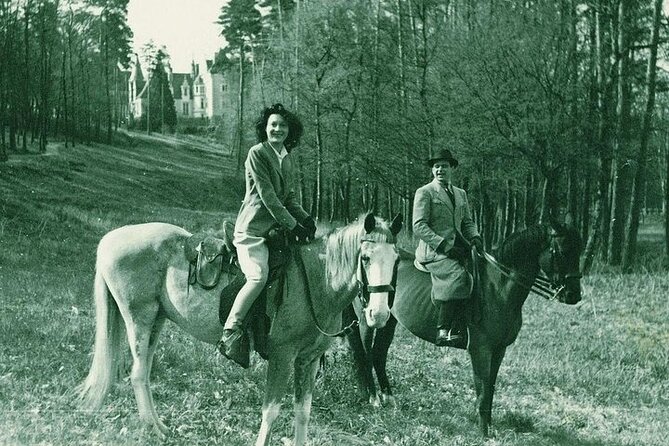
The momentous event that marked the end of German occupation in Paris during WWII was the Liberation of Paris. In August 1944, Allied forces, including the French Resistance, successfully liberated the city after years of oppressive rule.
The streets of Paris erupted in a joyous Victory celebration, with crowds cheering and waving flags to welcome the liberators. The Liberation of Paris symbolized a turning point in the war, restoring hope and freedom to the Parisian residents who’d endured hardship and restrictions for so long.
The city’s liberation also showcased the resilience and determination of the French people in the face of adversity, inspiring generations to come with its spirit of resistance and triumph.
Last Words
To sum it up, the Occupation of Paris during WWII was a challenging period marked by oppression and resistance.
Despite the presence of German forces and collaborators, the Parisian residents showed remarkable resilience and bravery in fighting for their freedom.
The cultural landscape of the city was forever changed during this time, but ultimately, the Liberation of Paris symbolized the triumph of the human spirit over adversity.
This chapter in history serves as a testament to the strength and determination of the people of Paris.